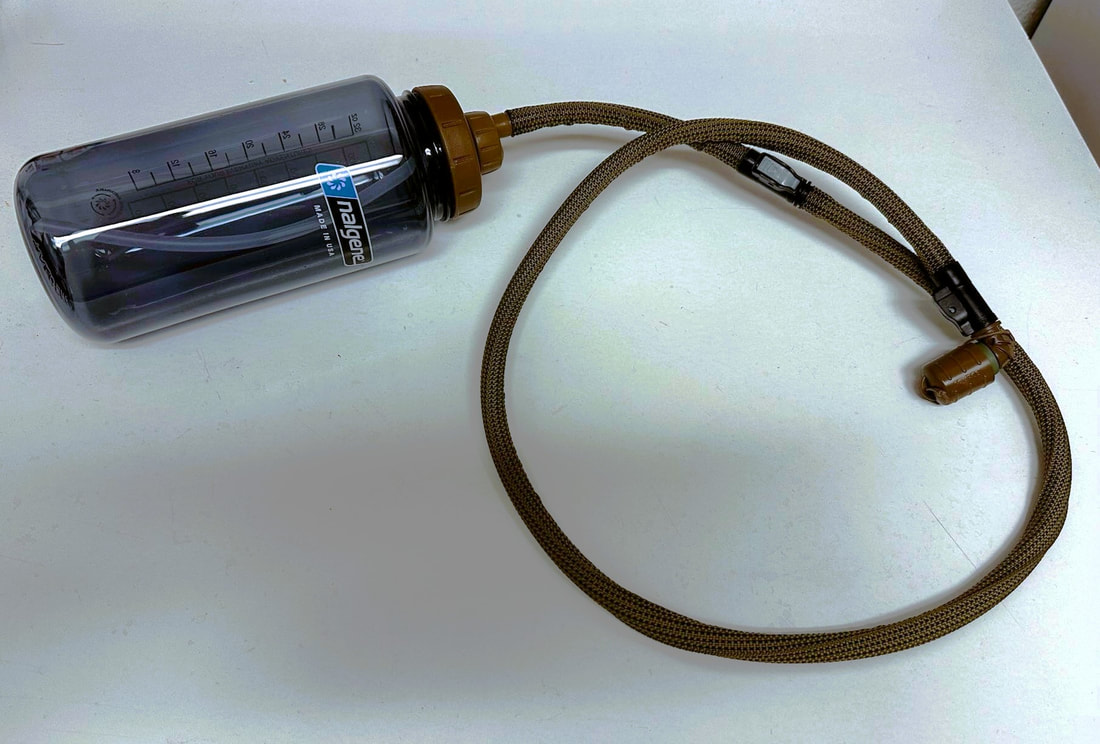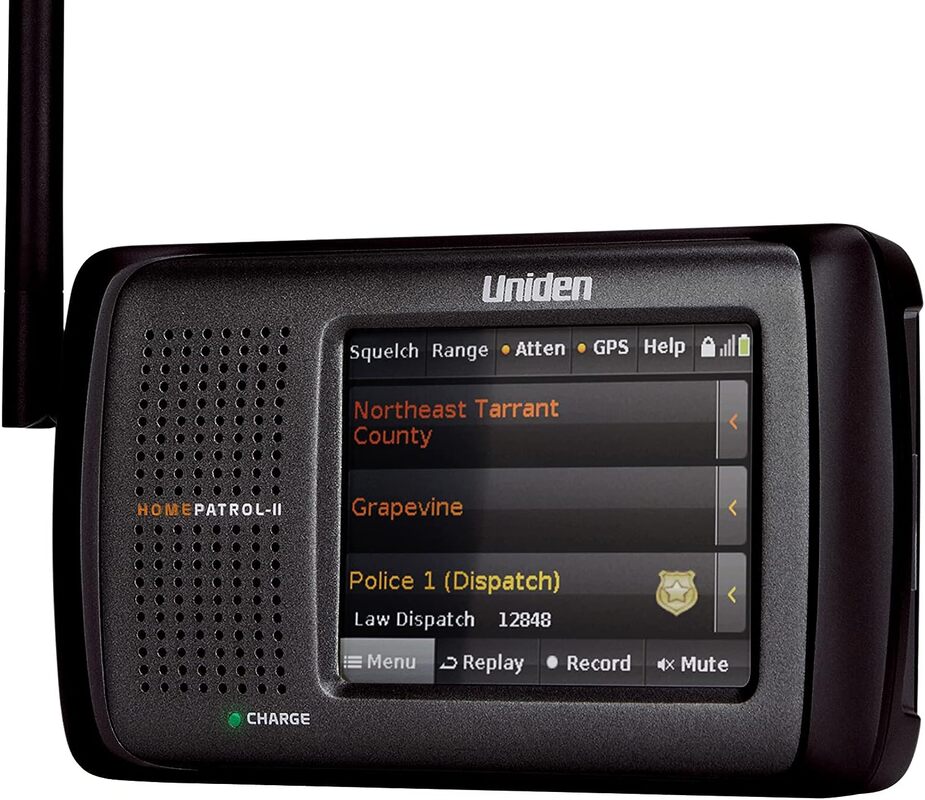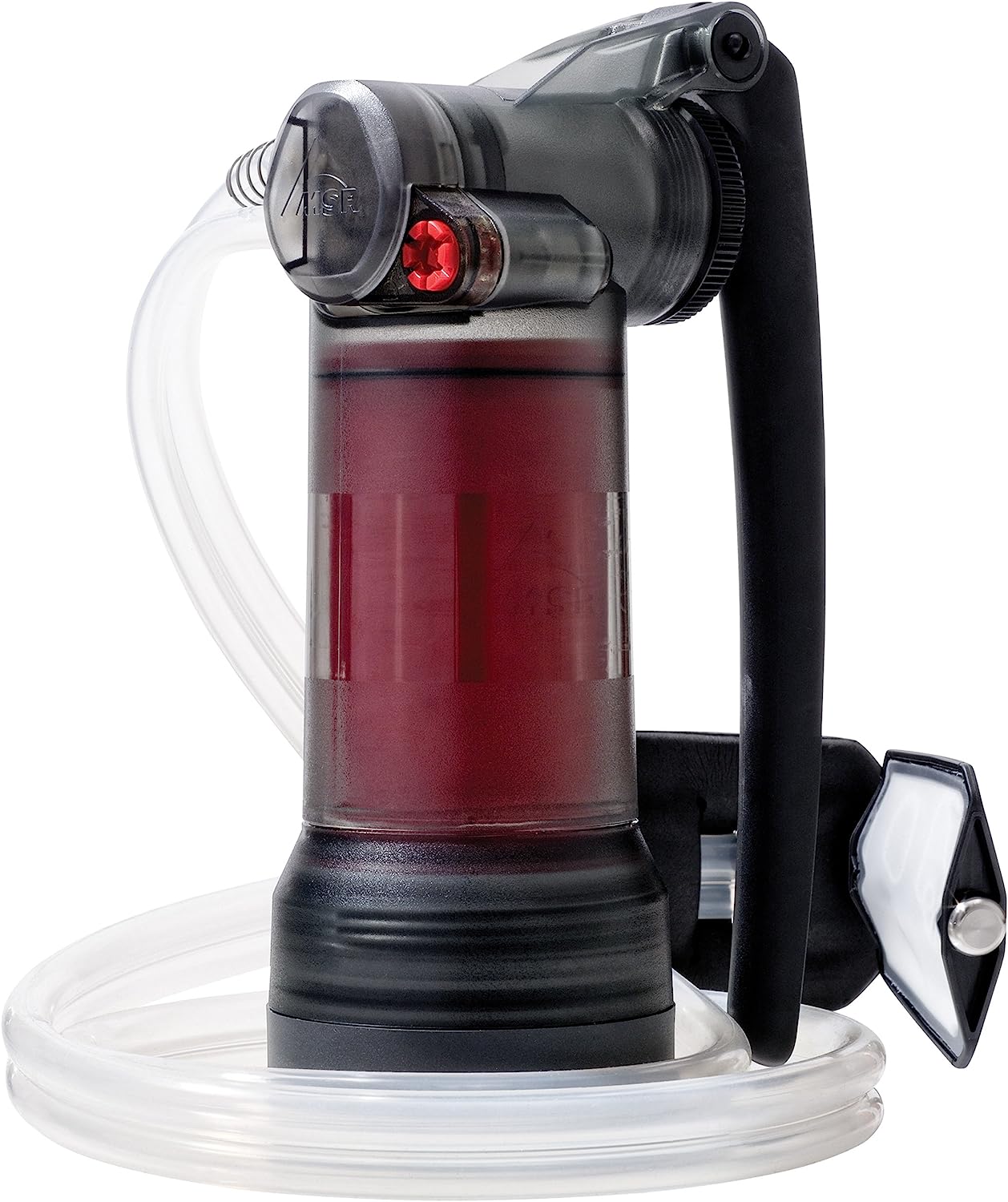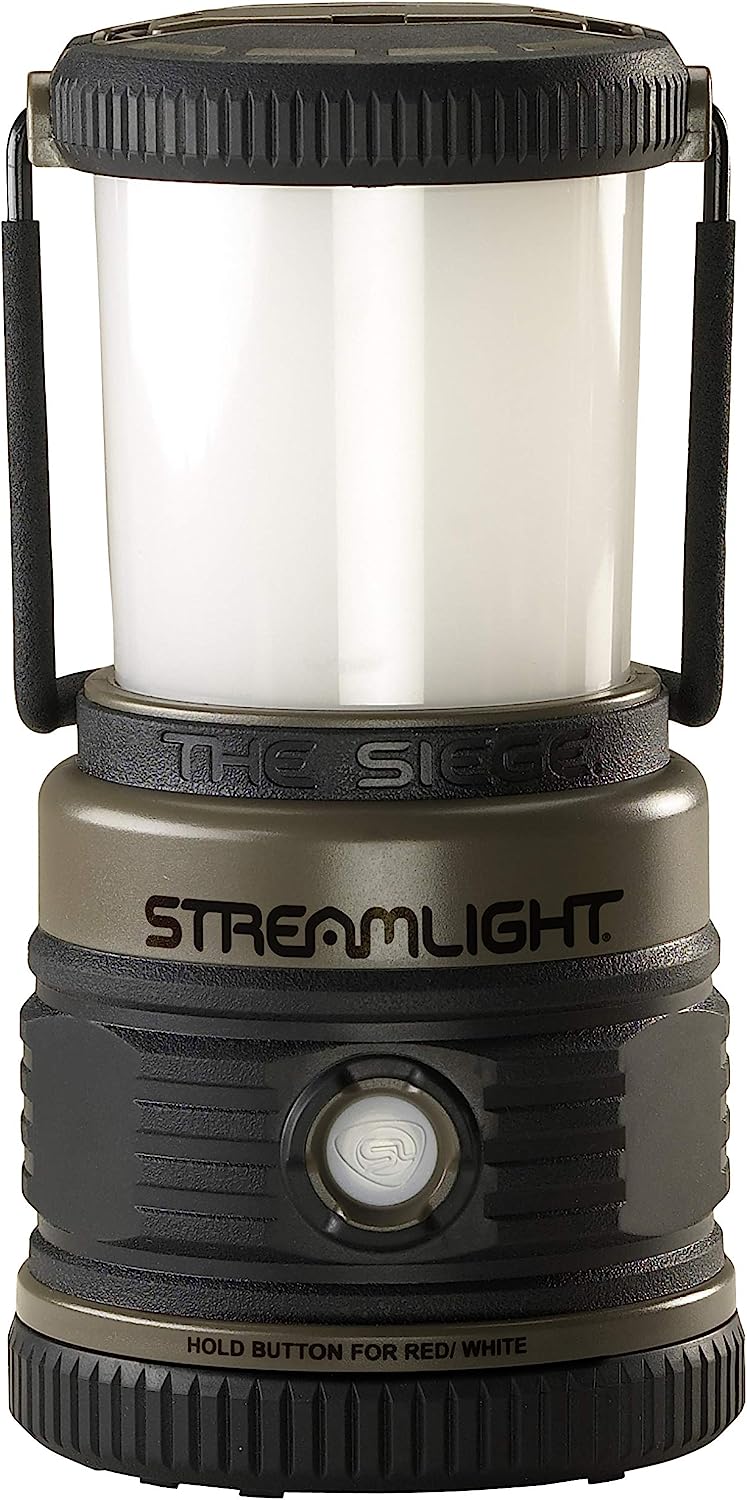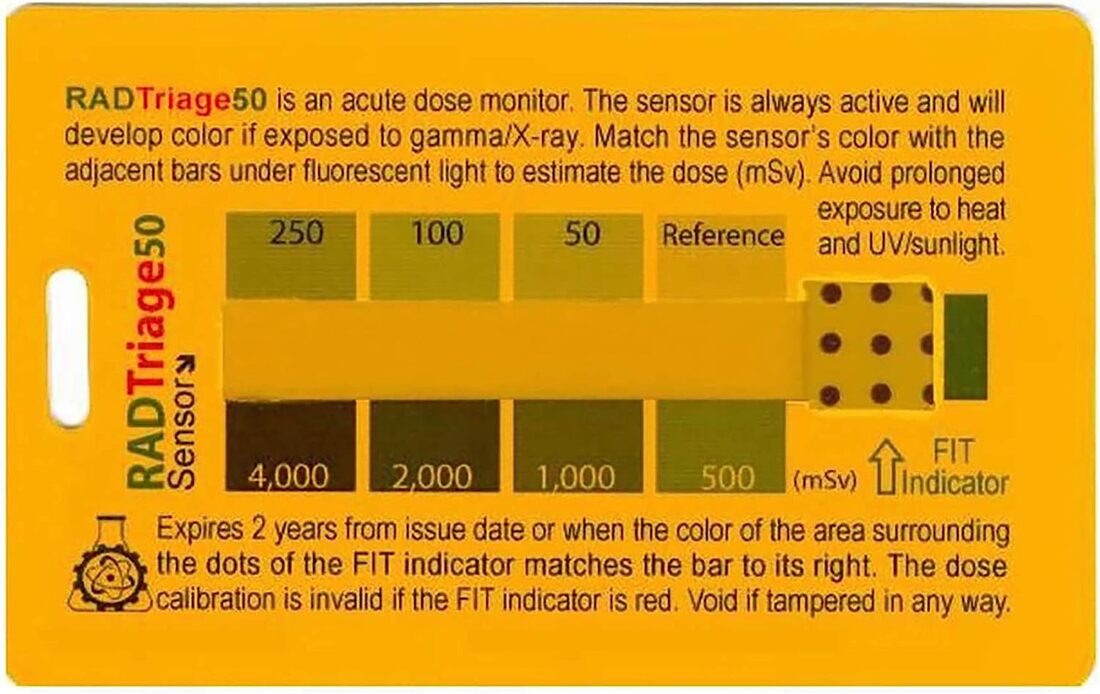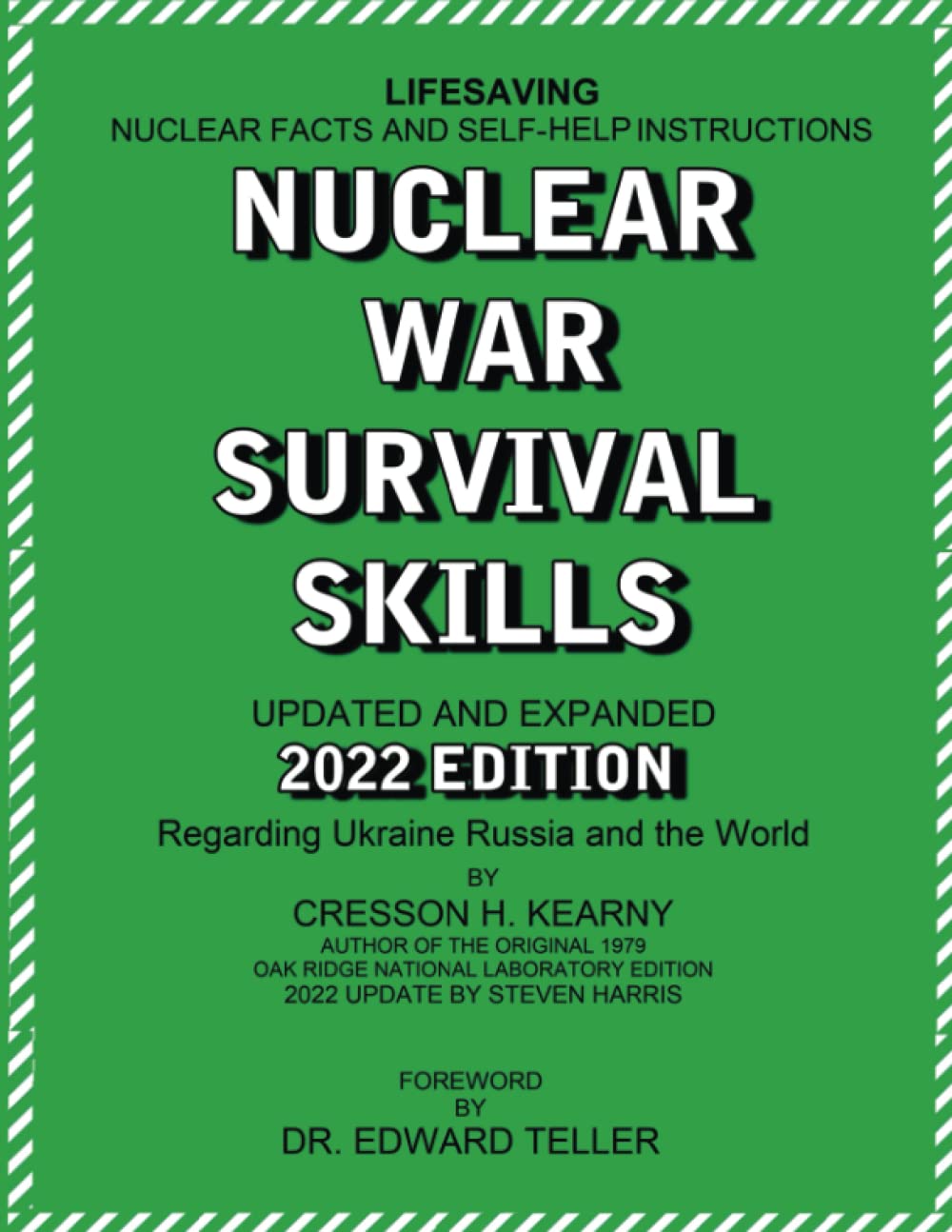|
There are reports emerging from Uvalde, Texas, that police did not go in to confront the shooter for over an hour. One video taken from the perimeter shows parents being actively held back by law enforcement. A Border Patrol agent apparently went in on his own initiative and killed the suspect. The incident apparently began when the school security guard/officer engaged the suspect unsuccessfully.
Information is fragmentary at this stage and emotions are high so this essay is predicated on a hypothesis that the officers did not go in right away. Whether or not this was case remains to be seen but circumstantial evidence is mounting. To that point, after the Columbine school shooting where officers waited outside for SWAT, the response to an active shooter situation changed to flooding the location with officers as soon as they arrived. No more waiting. Anyone with a gun was to go in and confront the suspect. In a lot of cases even the mere arrival of officers in the parking lot is enough to get a lot of these losers to commit suicide. Time will tell what actually happened inside the Uvalde school. We can hope that a reasoned tactical decision was made, even if it was not the optimal one. At least in that case someone would have been thinking and not reacting out of fear. We don’t want to learn that officers were afraid for their own safety. Yet holding the perimeter and not attempting an assault to kill or ensure the suspect is dead has major drawbacks.
Cops are too easily pinned down and default to “hold the perimeter” after an initial repulse. The attitude needs to be assault and keep assaulting until the suspect is confirmed dead. Then provide medical to those who need it. Time is of the essence and officers need to be willing to sacrifice their lives for children. We’ll know more as time comes out, so I’ll keep my comments on the subject brief and limited. I hope that the facts aren’t what they seem to be. How about a portable vehicle-stopping barricade for your street or rural retreat?
5ft K-rail sections are available to purchase. These have all the advantages of full-size K-rail but can be moved by a couple of guys. It is small enough to be easily stored. The photo is from 48barriers.com and they and other suppliers sell the small rails. The above can be moved by a pallet jack and one person. Or those two holes can have pipe threaded through them and four men can lift it. Two of these sections would stop speeding cars from coming down a residential street, four would render it impassible on foot, and one would block a rural driveway. These maps were shared on Twitter by Alex Wellerstein (NukeMap guy). Source: High Risk Areas: For Civil Preparedness Nuclear Defense Planning Purposes First of all, these maps were made in 1975. Military bases have changed somewhat (mostly closed) and urban areas expanded during that time. The nuclear arsenals of the US and Russia have also shrunk to around 1,200 deliverable warheads only. Probably half that would be used in a nuclear exchange which means a lot of the smaller military bases and cities wouldn't be targeted. Be glad nuclear war didn't start in the '70s. Everybody would be done for. But even these old maps tell us that counter-value targeting was a plan even then. What's counter-value? Nuking cities or killing civilians. Politicians might not be so keen on starting WWIII if they knew their constituents would be blown up. It's also helpful to maximize deterrent or destructive potential by smashing whole cities and killing hundreds of thousands with one weapon instead of causing minimal destruction nuking possibly empty missile silos (counter-force). This is a bad sign for today. Even in the 1970s, when there was a lot more warheads to go around, even smallish cities were targeted. Bakersfield had a population of 69-105k between 1970 and 1980. Nuclear planners on both sides were willing to kill at lot of civilians. Fast forward to now and the lower warhead inventories and those shots must count. So while Bakersfield is probably off the list, Los Angeles will probably still be hit for the above counter-value purposes. If counter-value targeting wasn't a big deal, we would expect not to see so many medium cities on the target map and symbolic single warhead strikes on major cities' downtown areas, in addition to military bases. Yes, I know these are civilian risk maps and not actual Russian target maps, or even classified US Military risk maps, but a lot of the same thinking and assumptions that would go into the later would go into these. And who isn't to say that someone who HAD intelligence on Russian target maps wasn't quietly whispering into the planners' ears? Each blob represents a warhead. This is easy to see for isolated targets (red blobs) but metropolitan areas have so many they blend into each other (brown). The metro areas would have been absolutely pummeled into rubble by nukes. LA would have been a wasteland. Smaller cities, like Bakersfield, get two warheads.
These red-only targets have no fallout because airbursts are used to destroy cities and produce no practical fallout. Ground (surface) bursts are intended to destroy buried facilities like bunkers or silos, or blow concrete runways, out of the ground. The earth, debris, rock, and concrete that gets sucked up into the mushroom cloud then becomes fallout. Notice that the green areas (fallout) are all around metro areas with large ports. That probably means that ground burst weapons were targeted on the port facilities. This would kick up a lot of fallout producing materials. Due to the reaction between seawater and radionuclides, fallout from marine targets tends to adhere to metal surfaces better making the fallout a bit "hotter" and persistent. Alternatively there may have been bunkers or other ground targets that the planner thought the Russians might want to be blown out of the ground, rather than stomped from above. Interestingly, the above doesn't hold true everywhere, such as in South Carolina. Maps from the Midwest show huge areas of prairie getting nuked and covered in fallout around the missile fields in those areas. Plotting is imprecise because everything is shaded on roughly a county/township level and going silo-by-silo probably wasn't feasible. Anyhow, follow the link to the scanned version of the book and check out your area but take it all with a grain of salt if you live away from a military base or metro area. As I said, there probably aren't enough nukes anymore to hit places like Bakersfield. Check out my nuclear survival page and buy a copy of my nuclear survival book. In Suburban Defense, I define without the rule of law (WROL) as: the absence of government authority and a reversion to an uncivilized world. This is a situation where police and courts are non-existent; a total collapse of law and order. Criminals will not be arrested and prosecuted. It is the law of the jungle; kill or be killed; only the fittest survive. This situation is essentially lawless and resembles war more than a disaster. We are not there yet. While some groups can get away with criminal activity due to social and political pressures, the law abiding cannot yet resort to measures that the law does not frown upon. Take for instance Antifa vandalizing businesses or a home of someone that offended the woke mob. You can’t just shoot them or even use civilian-available riot control agents. In most jurisdictions if you act in anything other than immediate self-defense, you will be prosecuted. We saw Kyle Rittenhouse, who was in actual mortal danger, prosecuted and persecuted by a woke DA. Store owners facing organized snatch-and-grab operations or flash looting mobs can’t shoot the criminals. Yet police don’t arrive in time and might only catch a fraction of suspects. Prosecutors in some sick “restorative justice” scheme may not even press charges, reduce the charges, or offer weak plea bargains. We live in a society where we’ve determined that using lethal force or certain methods are inappropriate for defending property alone. None of us want to see shoplifter’s hands chopped off, as effective as it might be. Being civilized gives us the advantage of not taking drastic measures against criminals. We revere the justice system, where a dumb kid can get a book thrown at him instead of lead. A lot of adult criminals eventually get it together after some time in jail, even though it might take a couple of trips to Graybar University before they shape up. Old England’s “everything’s a felony” where the death penalty was possible for something like 200 crimes is what this country moved away from. This “soft” approach to crime requires a civilized society where police are expected to enforce the law, catch criminals, and the criminal justice system actually prosecute and punish crooks. Until this century, our country did a pretty good job of this. The three strikes law really did cut down on crime, but we’ve forgotten all the lessons we learned in two hundred years and threw them out in favor of squishiness. Squishy police, courts, and laws have brought us to where we are. Poor masses are antagonized into this behavior by those with a political agenda. It is us, the law abiding, who suffer for it. We must standby and be victims. We are told the courts will handle it, but they don’t. If we attempt to deal with it ourselves, we risk legal persecution and being turned into a pariah by the Jacobian media and political elements. Some call this condition without the rule of law because equal application of the law is being deprived namely to the law abiding. I disagree with this assertion. What we are seeing is the early stages of the rule of law breaking down, not living in WROL scenario. I wouldn’t even say criminals are living WROL because they have always operated outside the law; for most of them legal consequences are a cost of doing business and jail inconvenience no greater than being broken is to the rest of us. While effective punishment might be off the table, police still provide enough of dissuading force to discourage the worst excesses. People will do what they feel they can get away with and habitual criminals will offend anyway. Until police go away, crime is somewhat restrained. When the restraining influence of police is gone, then we will see the violence and breadth of crime escalate. A time is coming when police will desert because they aren’t getting paid and conditions are too dangerous, physically or legally, for them to do their job. The police are the enforcement arm for the criminal justice system. Until they are off the job, there isn’t a WROL scenario. The law abiding citizen will then feel free to respond to crime as he sees fit (there will be excesses). When both sides no longer have any restraint and the criminal justice system is functionally, not just morally, ineffective, then we are WROL. A lot of this is nitpicking in conversation. The rule of law is breaking down; we are not without it. This in between stage, which will get worse, is the hardest part. Law abiding citizens will be subjected to terror and loss with little recourse, either by their own hands or under the law. But in every revolt, revolution, or collapse, a point comes when the law can neither restrain the criminal nor the citizen. That day will be a terrible one. Unfortunately, we must learn hard lessons through experience before we can return to peaceful times. "And that after this is accomplished, and the brave new world begins |
Author Don ShiftDon Shift is a veteran of the Ventura County Sheriff's Office and avid fan of post-apocalyptic literature and film who has pushed a black and white for a mile or two. He is a student of disasters, history, and current events. Archives
May 2024
Categories
All
As an Amazon Associate I earn from qualifying purchases.
|
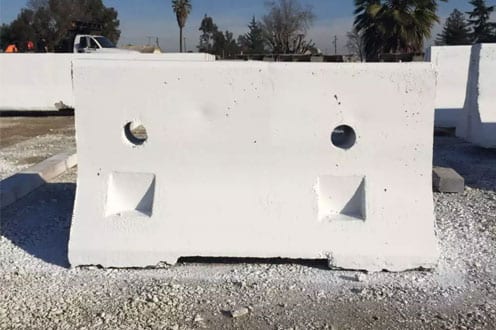
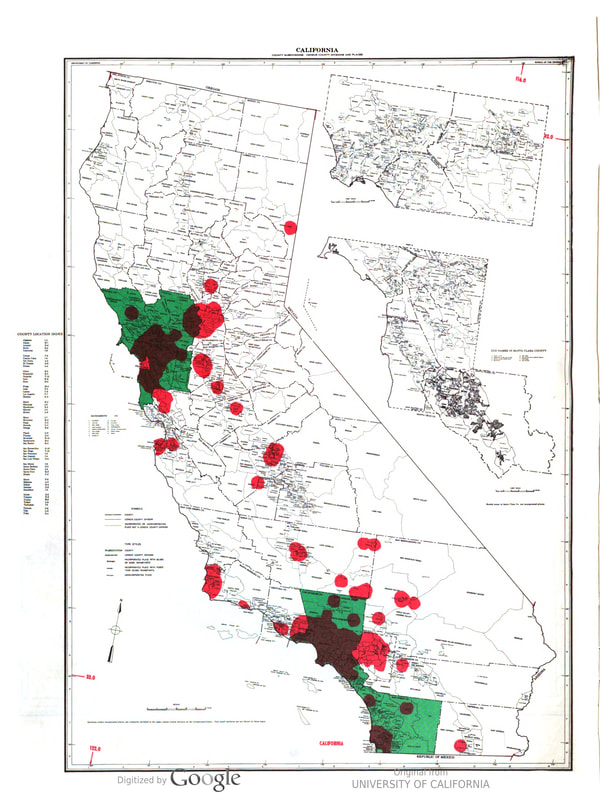
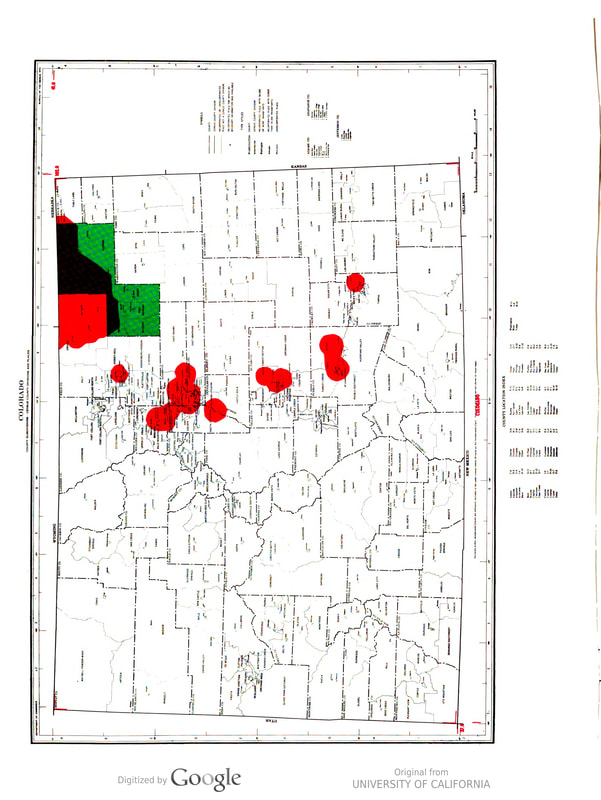
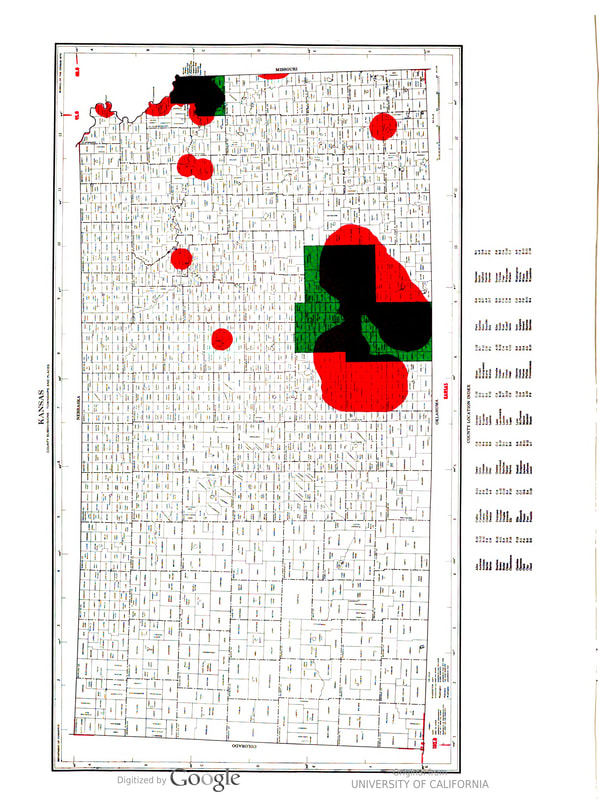
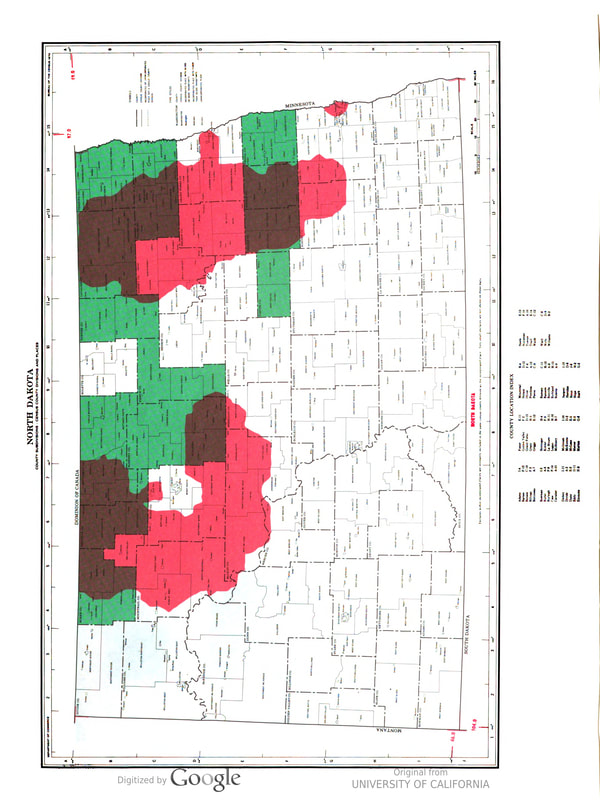

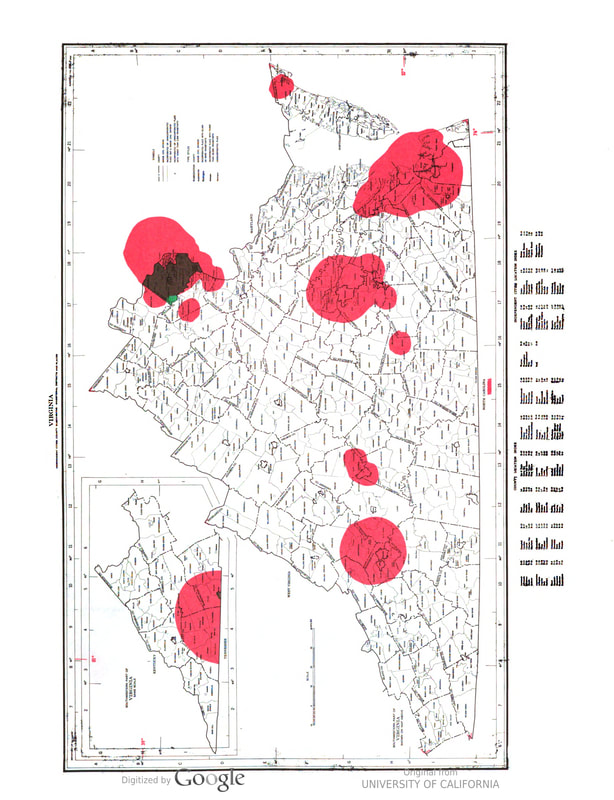
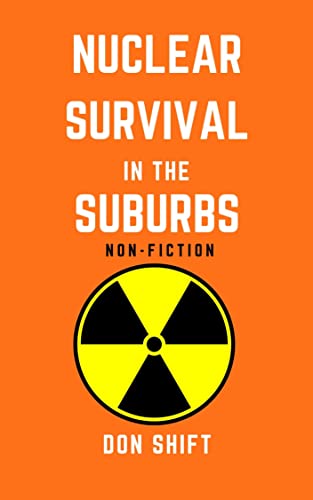
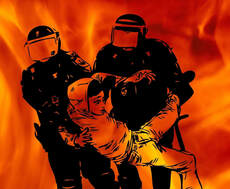
 RSS Feed
RSS Feed
